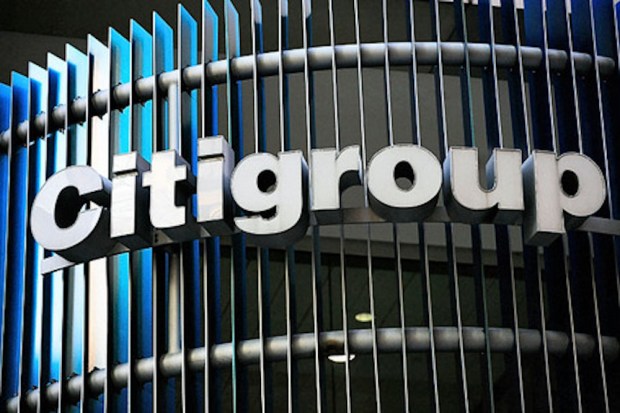Increasing Defaults On Store-Branded Cards A Headache For Issuers

Stores issue credit cards — often to consumers somewhat less inherently credit-worthy than might otherwise be given a card — but banks like Citigroup own the debt, by and large.
Which means when customers start falling behind on those payments — it becomes a bank’s problem. Such is the situation Citigroup faces at present; the nation’s 4th largest bank is reporting that it is having some difficulty collecting on its store-branded cards, which is pushing up losses.
Charge-offs are expected to clock in at 4.6 percent this year in Citi’s store-branded credit card portfolio — a pick-up from the 4.32 percent previously forecasted. Citigroup, according to Chief Financial Officer John Gerspach, has been responding to the troubling trend with increased outreach, nearly doubling the number of texts it sends to borrowers.
“We’ve begun to see some evidence of progress, but it’s slower than what we had originally targeted,” he said.
Credit cards have been an area for growth — one of few — that Citi has been actively focused on increasing since the 2008 financial crisis. Store-branded cards have been especially popular with Citi due to strong profit generation in the recent past. In 2016, store-branded cards were worth $1.26 billion in profits for Citigroup, some 8.4 percent of income from continuing operations across the entire bank.
But those profits, worry investors and analysts, have tied Citigroup to a retail segment that has been looking increasingly weak of late — and Citigroup has card relationships with some particularly wounded walkers on the retail trail. Macy’s Inc, Sears Holdings Corp, Office Depot Inc and Staples Inc all work with Citigroup for cards — and those chains are shrinking, which means less money coming in off those cards.
Also troubling — store branded cards tend to be a bit more forgiving of lower FICO borrowers, since merchants are willing to take on some additional risk in service of selling more goods. Consumers with sub-660 ratings (the bottom tier of prime borrower by most counts) accounted for 25 percent of money owed to Citigroup on store-branded cards as of the end of March — more than twice the number of sub-prime borrowers that are in existence across its card portfolio.
To fix this problem, Citigroup has been transitioning its store cards into more general use credit cards than can be used at more locations than the original merchant. The broader purpose store cards now represent one-third of the bank’s retail services business, according to Gerspach. He also noted that customers are still shopping, and that spending on store-branded cards is up 2 percent in Q2 when compared to a year ago.
That chipperness aside, however, analysts like Charles Peabody of Compass Point Research & Trading predicts that Citi will have to raise loss estimates again before the year is out. Such an action would be consistent with what has been seen in the rest of the sector. Citigroup’s biggest competitor — Synchrony Financial — is currently estimating taking in losses in the 5 percent range in 2017.
